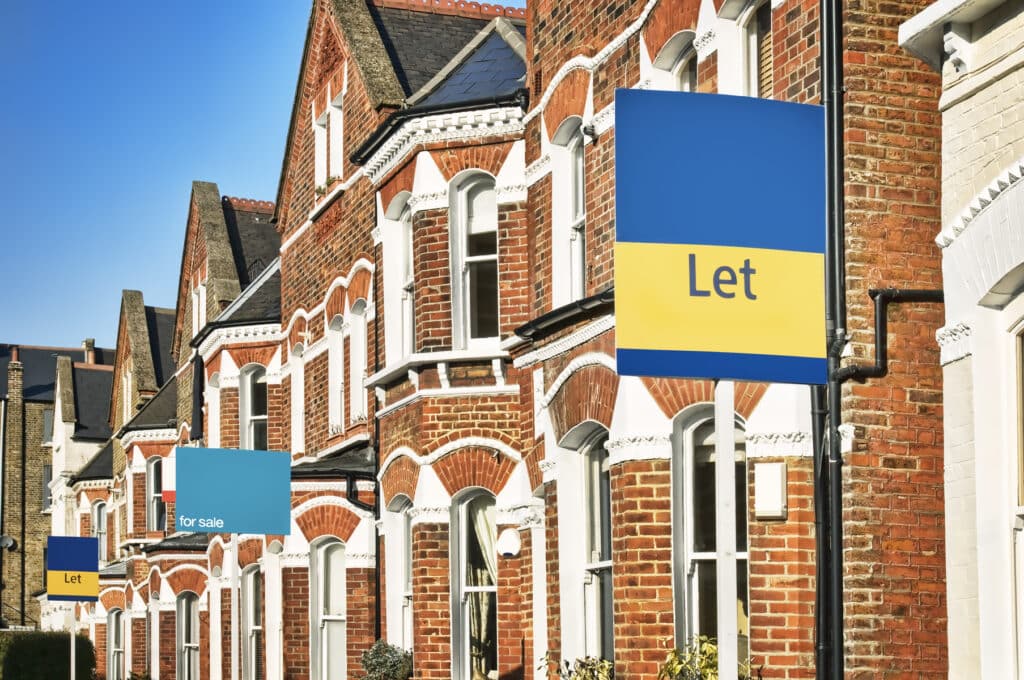Venturing into the buy-to-let market can be a lucrative investment strategy. However, navigating the complexities of buy-to-let mortgages can seem daunting, particularly for first-time landlords. If you’re based in York or anywhere in the UK and considering this avenue, understanding the basics is crucial. Argyll Drummond recognises that each investor’s situation is unique, and as such, expert guidance can make all the difference. This article aims to demystify buy-to-let mortgages, providing a clear and accessible guide for beginners.
What is a Buy-to-Let Mortgage?
Firstly, let’s clarify what a buy-to-let mortgage actually is. Unlike a residential mortgage, which is used to purchase a property you intend to live in, a buy-to-let mortgage is specifically designed for purchasing a property you plan to rent out. Consequently, lenders assess affordability differently, focusing on the potential rental income rather than your personal income alone.
It’s important to understand that buy-to-let mortgages often come with higher interest rates and require larger deposits than standard residential mortgages. This reflects the perceived higher risk associated with rental properties.
Key Differences from Residential Mortgages
Several key differences distinguish buy-to-let mortgages from residential mortgages. Let’s explore these:
- Deposit Requirements: Typically, buy-to-let mortgages require a deposit of at least 25%, and sometimes even 40%, of the property’s value.
- Interest Rates: Buy-to-let mortgages generally have higher interest rates compared to residential mortgages.
- Affordability Assessments: Lenders primarily assess affordability based on the property’s rental income potential, rather than your personal income. Often lenders will require a rental income of 125%-145% of the monthly mortgage payment.
- Interest-Only Options: Many buy-to-let mortgages are offered on an interest-only basis, meaning you only pay the interest each month, with the capital repaid at the end of the term. This can help maximise cash flow.
- Tax Implications: Buy-to-let investments have specific tax implications, including Stamp Duty Land Tax and Income Tax on rental profits.
Factors Affecting Buy-to-Let Mortgage Eligibility
Several factors determine your eligibility for a buy-to-let mortgage. Consider these:
- Rental Income Potential: Lenders will assess the property’s potential rental income to ensure it covers the mortgage repayments.
- Your Credit Score: A good credit score is crucial, as it demonstrates your reliability as a borrower.
- Deposit Size: The larger your deposit, the better your chances of securing a favourable mortgage deal.
- Your Existing Portfolio: If you already own rental properties, lenders will consider your experience and track record.
- The Property Type and Location: Certain property types and locations may be considered higher risk, affecting your eligibility.
Types of Buy-to-Let Mortgages
Just as with residential mortgages, various types of buy-to-let mortgages are available. These include:
Fixed-Rate Mortgages
Offer a fixed interest rate for a specific period, providing stability and predictability.
Variable-Rate Mortgages
The interest rate fluctuates in line with the lender’s standard variable rate (SVR) or the Bank of England base rate.
Tracker Mortgages
The interest rate tracks the Bank of England base rate plus a margin.
Interest-Only Mortgages
As mentioned earlier, these mortgages allow you to pay only the interest each month.
Navigating the Buy-to-Let Process
Embarking on the buy-to-let journey involves several key steps:
- Research the Market: Thoroughly research the local rental market to identify areas with strong rental demand.
- Calculate Your Budget: Determine how much you can afford to invest, including the deposit, mortgage repayments and other associated costs.
- Find a Suitable Property: Look for properties that offer good rental yields and potential for capital appreciation.
- Secure a Mortgage: Work with a mortgage advisor to find the best buy-to-let mortgage deal for your needs.
- Find Tenants: Market your property effectively to attract reliable tenants.
- Manage Your Property: Ensure you comply with all legal requirements and provide a good service to your tenants.
The Role of an Independent Mortgage Advisor
Navigating the buy-to-let mortgage market can be complex. That’s where an independent mortgage advisor, like Argyll Drummond, can provide invaluable assistance. With expert knowledge and personalised advice, they can help you:
- Find the most suitable mortgage deal for your needs.
- Navigate the complexities of mortgage applications.
- Understand the legal and tax implications of buy-to-let investments.
- Provide up-to-date information about the constantly changing mortgage market.
Conclusion
In summary, buy-to-let mortgages offer a pathway to property investment, but understanding the intricacies is essential. By grasping the key differences from residential mortgages, considering your eligibility, and exploring the available mortgage types, you can make informed decisions.
Ready to explore buy-to-let mortgages? Contact Argyll Drummond today for a free, no-obligation consultation. Our experienced mortgage advisors in York can help you navigate the buy-to-let market and find the most suitable mortgage deal for your investment goals. Don’t hesitate to get in touch and start your buy-to-let journey.

